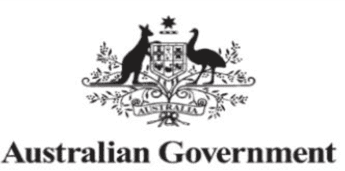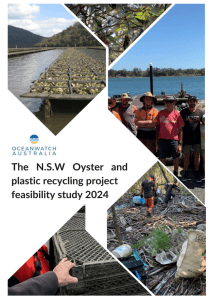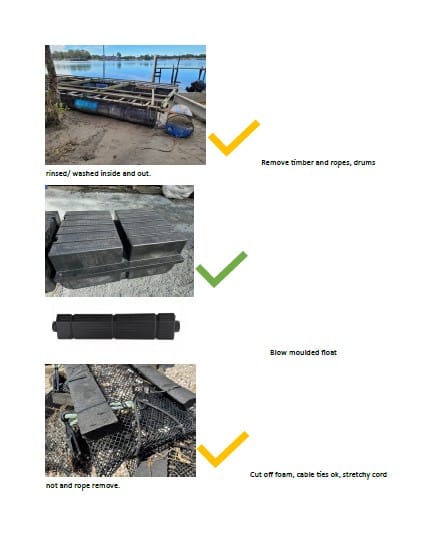The project “From Waste to Product - Identifying plastic and shell recycling pathways in the NSW oyster Industry” aims to transition the NSW Oyster industry to a more resilient business model, focused on partnering with recycling ventures to add value to waste and byproduct stockpiles.
Through this new model, waste shells and plastics can be re-used at a locally relevant scale through engaged farmer participation and new partnerships with related businesses in regional recycling ventures.
The project is examining shell and cultivation gear across estuaries to quantify materials, conditions, and future demands for an oyster circular economy plan. It aims to facilitate end-of-life sorting and processing for timber, plastics, and shell. It will action statewide estuary clean-up events and offer industry tipping fee subsidies for legacy timber removal. It aims to foster cleaner and more resilient estuaries by industry-led clean-ups, promoting sustainable practices and improving environmental stewardship. Lastly regional hubs for collecting, cleaning, and processing oyster waste are being established alongside product development.
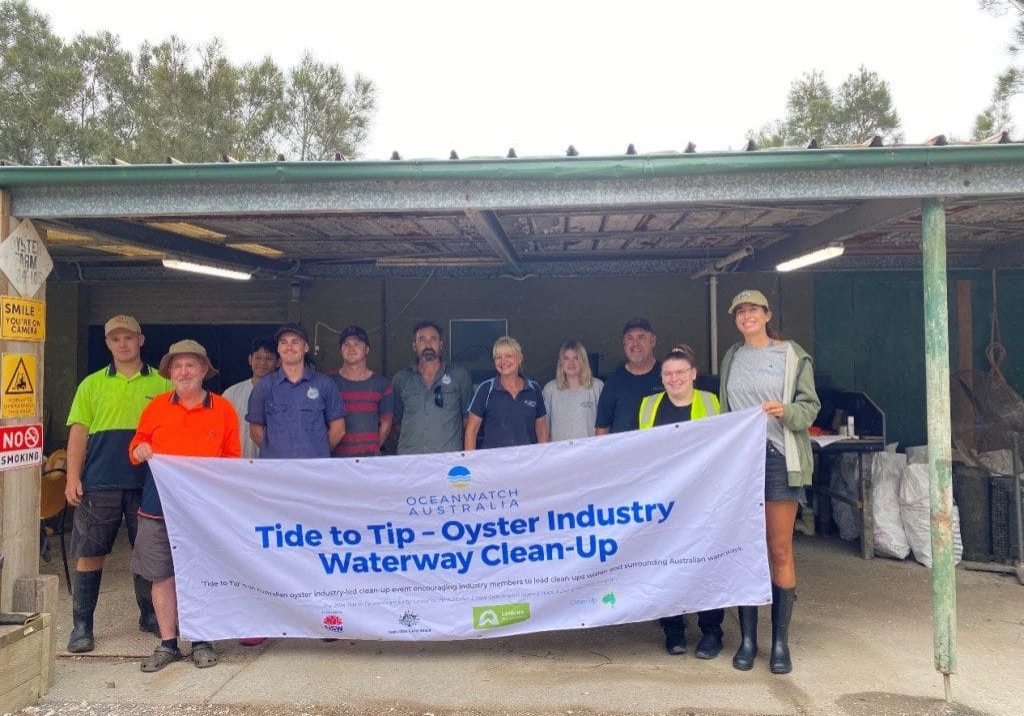
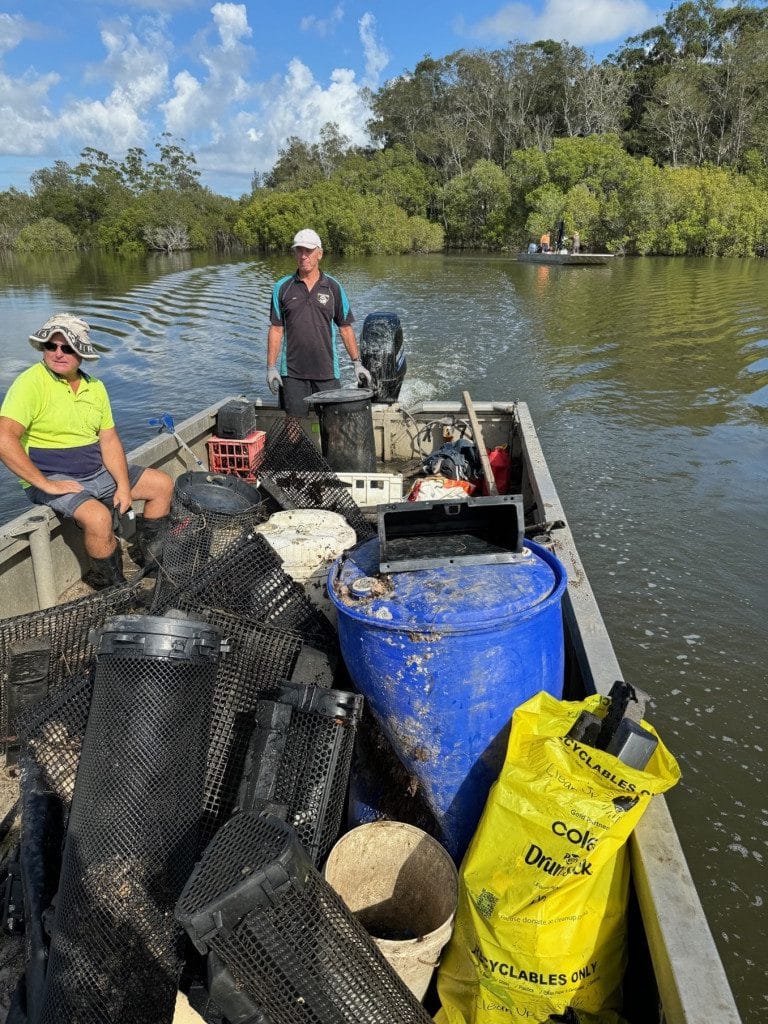
Feasbility Study
This study looked to quantify the waste situation and seek both to action an immediate reduction of stockpiled waste while progressing discussions on a circular economy end goal.
The report recommends:
• Ensuring this grant provides an immediate reduction to the waste stockpiles.
• Now that waste volumes are better understood, move beyond landfill to seeking/supporting plastic recyclers who can economically use the waste. Improve handling practices that maximise its value to a recycler and continue to seek interested parties if limited opportunities exist currently, recognising that the marketplace is evolving.
• Deriving new value from waste resources through investing in joint research innovations with academia and importantly end user industry who can capitalise on findings.
• Encouraging infrastructure manufacturers to consider end of life in their future designs.
• Seeking higher value uses for waste oyster shell by filling in gaps of knowledge and trialling treatment options to reduce contamination.
• Labelling oyster infrastructure for ease of recovery and enabling software to return post flood items to growers.
• Removing legacy tar treated timber posts and trays to landfill through subsidy after considering use in energy production.
• Recognising with growing scientific literature and concern over the impacts of plastics in ecosystems and human health the oyster industry may need to advance material use in the near future away from plastics.
Read the report here!
Recycling Implementation
The feasibility study identified a number of scenarios that will enable potential flood debris plastics to be collected and removed from estuaries. The most viable solution we intend to run over 3 weeks is a mobile shredder that will collect and condense items to a form that makes their transport to a recycler economic. OceanWatch has set up a relationship with a recycler in Sydney that will take the material at no cost and then process, clean and pelletize batches and on sell that to a manufacturer. It is hoped this relationship can continue beyond the grant if oyster farmers are able to stockpile like items together and process them in a way that retains value for this recycler and allows a continuation towards future mobile shredding and transport costs.
For dates of the March/ April 2025 collection click here.
To prepare for what can and can’t be recycled in March 2025 click here.
Timber tipping subsidy
Tarred and treated timber cultivation gear was identified as a flood risk and its removal from estuaries free up space for more productive uses given many leases have converted to plastic based cultivation infrastructure. OceanWatch realise this process is expensive so have looked for ways to lessen the burden while seeking to implement circular economy principles.
Conversion to energy via power station utilisation was investigated however remains nonviable.
We have now completed 2 rounds of subsidy. Round 1, 40 farmers expressed interest of 643 tonnes, 15 completed the initiative to a subsidy value of $10,526 removing approx. 90 tonnes of timber waste.
Round 2 saw $44,962 spent removing 246 tonnes by 7 businesses over 104 trips to the tip. The project has adapted the parameters to maximise the ability of farmers to participate and remove as much timber as possible in the timeframe. The second round had 86% of the tonnes expected hit the landfill.
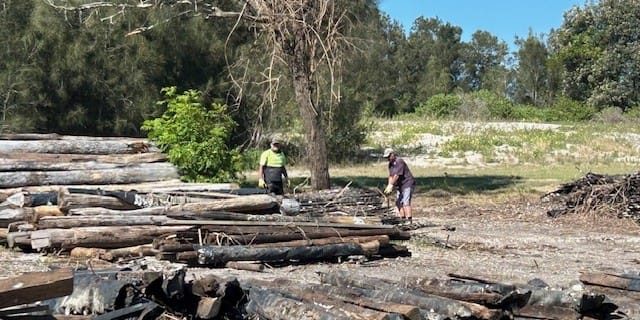
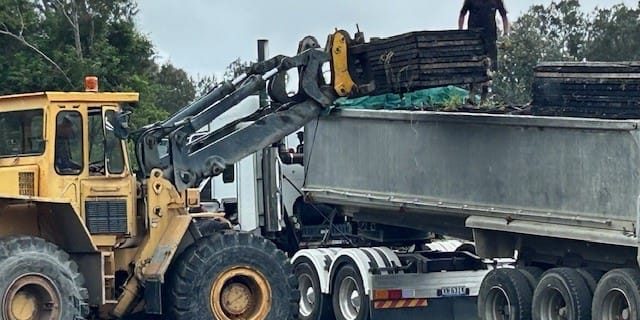
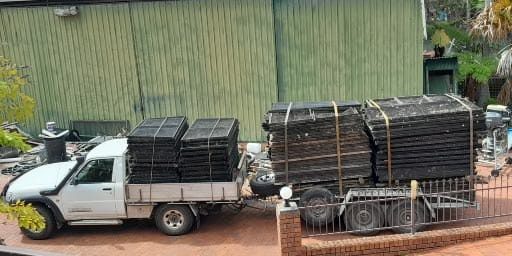
The project is directed by a steering committee of professionals from the oyster, recycling, and natural resource management sectors.
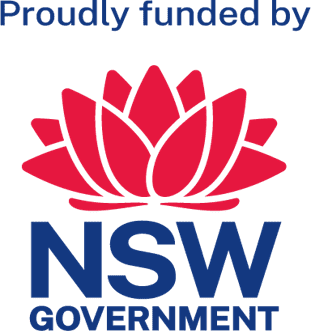
The development of this Feasibility Study was supported through joint funding by the Australian and NSW
Government’s Storm and Flood Industry Recovery Program. “Although funding for this product has been provided by
both Australian and NSW governments, the material contained herein does not necessarily represent the views of either
Government.”
